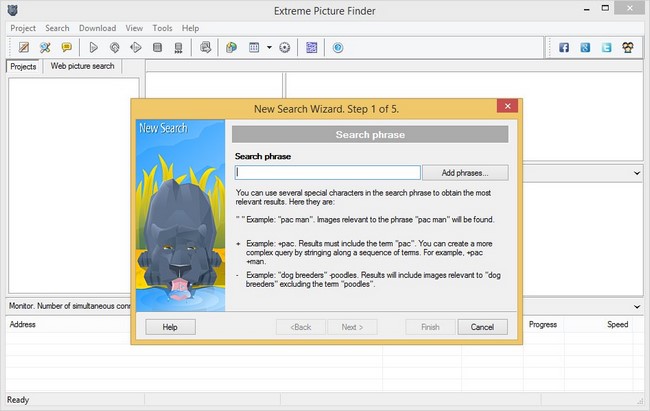
Rapt Software Crack Version
This is how a film should be; exhilarating, exciting and beautiful to-boot. Chungking express torrent 1080p.
Official realease of RAPT version 6.5.18.0 available for download from downloads page. Column Design program now included in the latest release.
'CIOs are increasingly embracing multi-cloud data management environments, which include not only the use of various cloud service providers but also public and private cloud,' said Tom McAndrew, CEO of Coalfire Systems Inc., a cyber-risk management service. There are a few drivers for the adoption of multi-cloud environments, McAndrew said, including the desire to avoid locking the organization into a relationship with.
A multi-cloud approach also increases agility, enables the company to use new services from different cloud service providers and, of course, potentially decreases costs. But the flexibility and cost-savings multi-cloud offers is not without risk. 'With these benefits also come challenges that organizations must balance and manage, including challenges specifically related to security, privacy and compliance,' McAndrew said.
Normalize vulnerability management across architectures It's vital to remember that multi-cloud data management solutions are complex and, as a result, require specific. Tom McAndrew, CEO, Coalfire Systems Inc. 'Consistency in approach and understanding driven by these policies will reduce potential risk,' McAndrew said. For example, companies can minimize false negatives by normalizing vulnerability management across different architectures. By doing so, the IT organization can develop further expertise and use platform-specific tools, such as Amazon Inspector, Azure Security Center and the Google Cloud Security Command Center, for security management.
Another critical challenge is developing a shared responsibility model for the IT organization and the or internal private cloud team. Knowing who is responsible for managing key controls and security processes is critical from both a security and compliance perspective, McAndrew said. Consistency in approach and understanding driven by these policies will reduce potential risk. Tom McAndrewCEO, Coalfire According to McAndrew, he frequently sees IT organizations that are primarily concerned about where data is stored while paying insufficient attention to who has access to that data.
Many of the recent cloud-related security incidents were a result of companies not fully understanding their shared responsibilities and, thus, not properly configuring their cloud solution. Improve risk classification frameworks The recently implemented GDPR and other have heightened awareness about systems being used to capture, record. Tracking the internal use of PII data was difficult enough when all the systems resided in a company's proprietary data center. It becomes even more complex in hybrid environments where compute and storage systems may be on premises, cloud-based or shared between those two environments. It is sometimes difficult to control automated data copying and, but organizations must be assured that all transient copies of sensitive information have been destroyed. 'Like most organizations, we've devoted considerable effort to map the flow of PII information through our business systems to prepare for GDPR-related requests,' said Mark Settle, CIO at Okta Inc., an identity and access management service provider.
'We have also updated our data retention policies.' Mark Settle, CIO, Okta Inc. Settle recommends that other CIOs ride the coattails of GDPR data classification initiatives to further clarify the criteria for safeguarding non-financial systems beyond what is already being done with. They can do this by incorporating PII criteria in their risk rating frameworks and by expanding GDPR classification efforts into other risk domains, such as threats to intellectual property.